
Large drawing tablets that have a screen are definitely the way to go if you work with animation. This is particularly true if your goal is to work on frame-by-frame animations that require the artist to draw over multiple layers with different degrees of opacity.
It’s important to note that although nearly every drawing tablet out there will allow you to create great paintings/drawings, regardless of size, when it comes to animation, small drawing tablets are absolutely unsuitable for animation work.
I’ve mentioned multiple times in the posts here at Drawing Tablet World that it’s perfectly possible to create stunning artwork with tiny tablets, but it takes a lot of time and patience due to the fact that it’s necessary to use the zoom tool literally hundreds of times.
This argument does not work for animation because the process of animating in itself already require going back and forth among different tools and layers. By using a graphics tablet that is way too small, you’re going to be adding another variable that will consume valuable time rendering the animation process nearly unbearable.
So, my main tip to you is: if you want a drawing tablet for animation, get at the very least a middle sized one. The larger the tablet the better.
Take a look at the image below and you will instantly understand why larger drawing tablets work better for animation purposes.
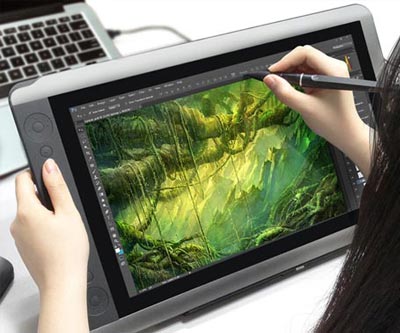
What are the absolutely necessary characteristics of a drawing tablet for animation?
The size of the drawing board is what will make your job possible. This characteristic in non-negotiable. If you get a small drawing tablet and try to use it as an animation tool, you will be incredibly frustrated and will have to work long hours to get minimum results.
This doesn’t mean that having a large drawing area is the only desirable characteristic.
Remember: a large drawing area size is a necessity. But there are other factors that will directly impact your productivity.
The second most important aspect of a great drawing tablet for animation is the presence of a screen.
Even for drawing/painting/designing, getting a device that ha sit’s own screen makes the workflow a lot faster without mentioning that the whole process becomes much more enjoyable. Seeing the image taking form right in front of you as you draw is a great feeling. Drawing directly onto the screen emulates the real-life experience much more closely and that on itself is considerably more effective because it allows the artist to create much faster.
In the animation realm, the presence of a screen is even more important. Due to the fact that animators work with opacity layers, being able to see these layers up close and draw over lines between different key-frames is an unquestionable advantage.
Think about this: in the old days, how did animators work?
They used light tables in order to emulate opacity. They were already using a rudimentary version of a drawing tablet with a screen in order to do their job. Take a look at the picture below to better understand:
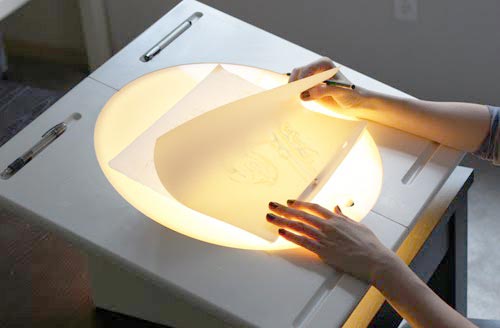
Nowadays you can do better than that because you have technology on your side!
Getting a drawing tablet that has a screen allows you to do exactly what old-time animators used to do, but now you have huge variety of digital tools that those guys could only dream of. You can pick different brushes, materials, change the amount of frames, undo and even undo a mistake with the click of a button.
Which brings me to the third desirable characteristic of a drawing tablet for animation:
You want a drawing tablet that has at least a few express keys.
What drawing board size is considered large enough for animation?
Anything beyond 19 inches (diagonal measurement) should be extremely comfortable to work with. You could even go for a slightly smaller drawing tablet, but you would definitely start feeling the lack of space.
Every graphics tablet manufacturer mentions the size of the drawing board within the description of the product, so it shouldn’t be hard to find this information.
One thing you should be aware of is that some companies will advertise a certain board or screen size, but won’t explicitly mention the “active drawing area” and this is what really matters to you!
When I say that it’s important to pick a tablet with a large drawing area, I’m not talking about the overall surface of the device, I’m talking specifically about the “active drawing area”, because that’s where you can actually draw on.
I have seen multiple companies engaging in misleading advertisement when it comes to tablet size. You should be extremely careful with this.
Which drawing tablet it the best for animation?
If we take into consideration the most important features that make a drawing tablet the ideal candidate for an efficient animation device and add a reasonable price to the mix, it’s really hard to beat the Huion KAMVAS GT-191.
It has a rather large drawing area and also its own screen. This graphics tablet only lacks some express keys, but if you look at the device as a whole, it’s still a great deal.
I have recommended this drawing tablet in a plethora of posts because I truly consider it a gem in the graphics tablet world.
Huion really got it right this time. I’m completely aware that there are lots of other amazing tablets that are also great for animation out there, but none of them cost as little as this one if you take into consideration all the advantages that the KAMVAS GT-191 brings to the table.
Not to mention the fact that customers all across the world are extremely satisfied with the quality of this drawing tablet as well. All it takes is a quick look into the reviews online to see that this tablet sold by Huion truly is something else.
(Check Huion KAMVAS GT-191 reviews on Amazon)
Which drawing tablets should I avoid if I want to work with animation?
Stay away from all the tiny tablets. They’re usually called “signature tablets”, “signature pads” or any variation of these terms.
These small tablets have their market and they’re great tools depending on the situation, but they’re definitely not recommended for someone who’s looking into getting any animation work done.
So, if you want to get a small tablet for fun (they’re extremely cheap), go ahead, but do not get one for the purpose of doing any animation related work, either 2D or 3D.
It doesn’t matter if you work with Adobe After Effects, with Maya or 3D Studio, a small tablet will only bring you trouble and you will end up having to buy a larger one anyway. You’ve been warned!
In order to be as precise as possible, here’s a small list of drawing tablets you should stay away from:
Huion 420
Huion H420
X-PEN G430S
VEIKK S640
You should also avoid any other tablets of similar size to the ones mentioned above, which means any device of approximately 4 x 2 inches or less.
I need you to pay attention to this: I’m not saying that graphics tablets that are slightly larger than these ones will be any better when it comes to animation. You will actually need substantially larger drawing tablets if you want to take your animation work seriously.
The four tablets mentioned above simply constitute the edge-case scenario, they’re the worst possible ones for animation, but there are many others that are also not suitable.
Conclusion
There are three main characteristics you need to look for when buying a drawing tablet for animation. Remember this, because they do make a huge difference:
Large drawing area
Presence of a screen
Express keys
If you follow these rules, you will definitely be able to find a device that makes your life as an animator as enjoyable as possible. I always like to say that even though it can feel particularly tempting to go for a cheaper drawing tablet, in the long run you will end up having to buy a more expensive one anyway.
Try not to cut corners, especially if you work with animation, and get a tablet that you will be able to use for the foreseeable future.
If you have any questions, simply leave a message and I will get back to you as soon as possible.
Let’s keep on creating!
Bruno Santos
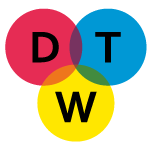
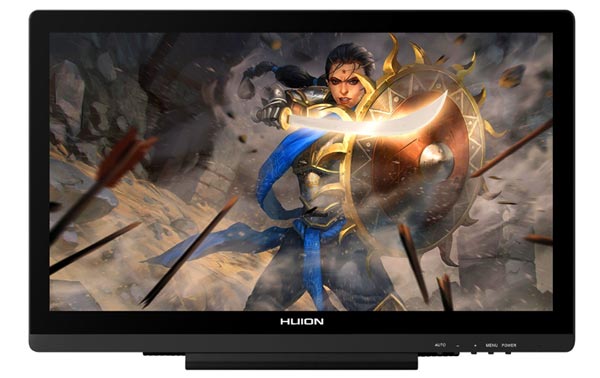
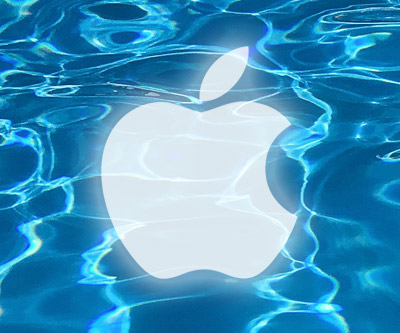
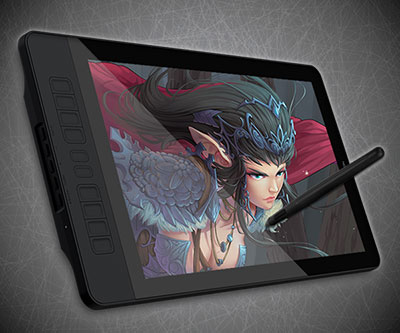
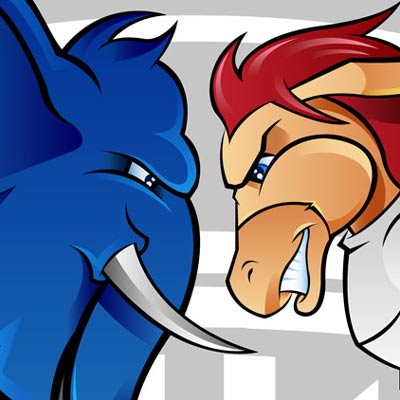
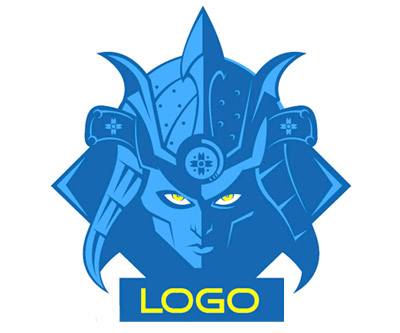
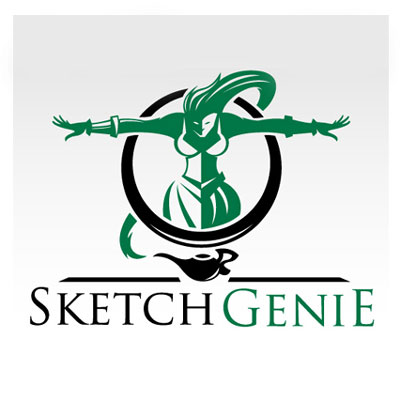
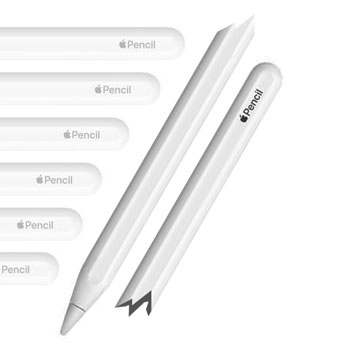
Basically, if you can draw, you can draw. If you can’t, nothing will make you better other than practice, patience and a willingness to learn.
All the digital tools in the world, or traditional mediums and accessories, won’t magically make your work better.
Im a professional animator/illustration and ill tell you nothing is as intuitive as drawing on to a screen with an expensive display tablet but if you cant afford this a new non-screen graphic tablet is actually a more accurate drawing device .
24″ XP-PEN Artist 24 Pro ( like Cintiq ) tablet and toon boom harmony software , I think is the best choice for me.
The XP-PEN Display works great, since the 2560 x 1440 QHD resolution is much hight and the big working area .
I need to buy that tablet
Hi, Thanks for your recommendations or advice. it’s useful!
all my friends who animate professionally for a studio use a XP-Pen Artist 24 Pro 24inch pen display monitor. I personally animate with my tablet. It just depends on you. Try both and see what you like.
Hi,
XP-PEN has been stepping up their game lately. I own a bunch of tablets made by them.
Thanks for leaving a comment =)